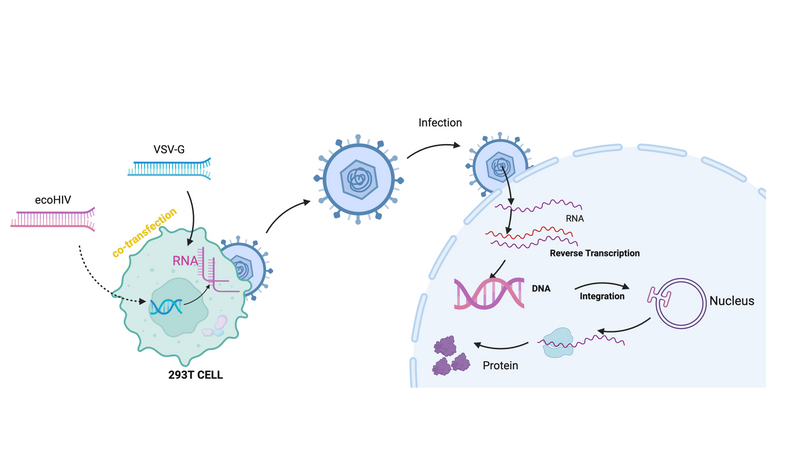The experimental optimization method for protease inhibitor testing can be approached from multiple aspects to ensure the accuracy and reliability of the experimental results. Here are some of the main optimization methods:
1. Optimization of experimental materials and reagents
Choose high-quality proteases and inhibitors: Ensure high purity and stable activity of proteases, and the purity of inhibitors should also meet experimental requirements. High purity reagents can reduce interference factors in experiments and improve the accuracy of experimental results.
Optimization of substrates and buffers: Select appropriate substrates and buffers based on the characteristics of the target protease. The substrate should be specifically recognized and cleaved by proteases, and the buffer conditions should be suitable for the activity of proteases.
2. Optimization of experimental design
Setting a reasonable concentration gradient for inhibitors: In order to determine the optimal inhibitory concentration of inhibitors, multiple concentration gradients should be set up. The setting of concentration gradient should be based on preliminary experiments or literature reports to ensure coverage of possible inhibitory concentration ranges.
Add control group: In addition to the negative control group without inhibitors, a positive control group with known effective inhibitors can also be set up to verify the reliability of the experimental system.
Optimize reaction conditions: Optimize reaction temperature, pH value, reaction time, and other conditions based on the characteristics of the target protease. The optimization of these conditions can be determined through pre experiments or literature review.
3. Optimization of experimental operations
Precise control of sample addition: Use precise pipettes or splitters to ensure accurate and consistent sample addition each time. Calibration and pre experimental verification of the accuracy of the pipette should be performed before adding samples.
Avoid cross contamination: When handling multiple samples, different pipettes, test tubes, and other tools should be used to avoid cross contamination. At the same time, the experimental area should be kept clean and orderly to avoid interference from dust and impurities.
Pay attention to the operation sequence and timing: strictly follow the operation sequence specified in the experimental plan for the experiment, and record the timing of each step. This helps ensure the reproducibility of the experiment and facilitates subsequent data analysis.
4. Optimization of data collection and analysis
Adopting multiple detection methods: In order to improve the reliability and accuracy of the data, multiple detection methods can be used to verify the experimental results. For example, both spectrophotometry and fluorescence methods can be used to detect the amount of reaction products generated.
Increase the number of repetitions: In order to improve the reliability of experimental results, the number of repetitions of the experiment can be increased and statistical indicators such as mean and standard deviation can be calculated. This helps to evaluate the stability and consistency of experimental results.
Use advanced data analysis software: Process and analyze experimental data using advanced data analysis software, such as using curve fitting tools to calculate key indicators such as IC50 values. This helps to improve the accuracy and efficiency of data analysis.
5. Optimization of experimental environment and equipment
Maintain the stability of the experimental environment: The experimental environment should maintain constant temperature and humidity conditions to reduce the influence of external factors on the experimental results. At the same time, experimental equipment should be regularly cleaned and maintained to ensure its normal operation.
Use high-precision equipment: Whenever possible, use high-precision and high-sensitivity experimental equipment for detection and measurement. This helps to improve the accuracy and reliability of experimental results.
In summary, by optimizing experimental materials and reagents, experimental design, experimental operations, data collection and analysis, as well as experimental environment and equipment, the accuracy and reliability of protease inhibitor testing can be significantly improved. These optimization methods help researchers gain a deeper understanding of the mechanism of action and efficacy evaluation of protease inhibitors.
Share on:
Facebook
Twitter
Pinterest
WhatsApp
Recent posts
We recommend


